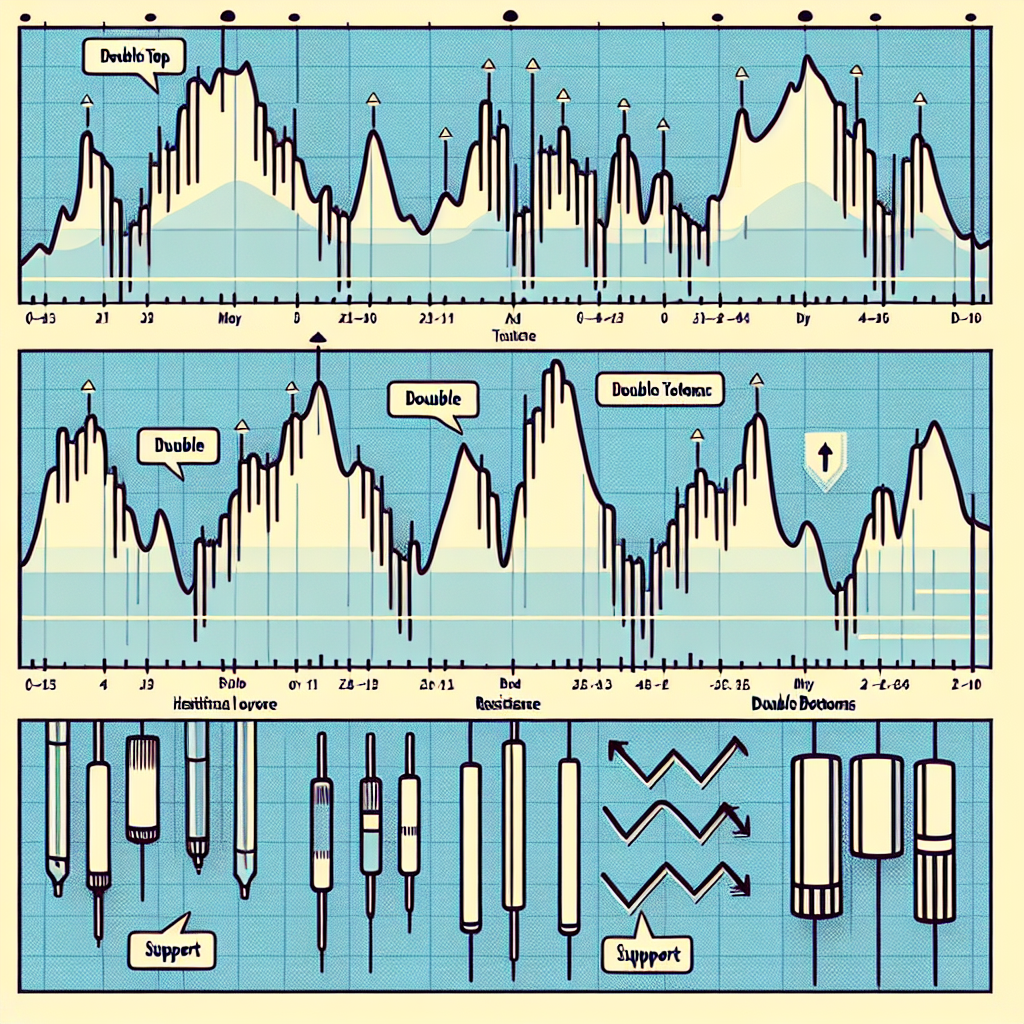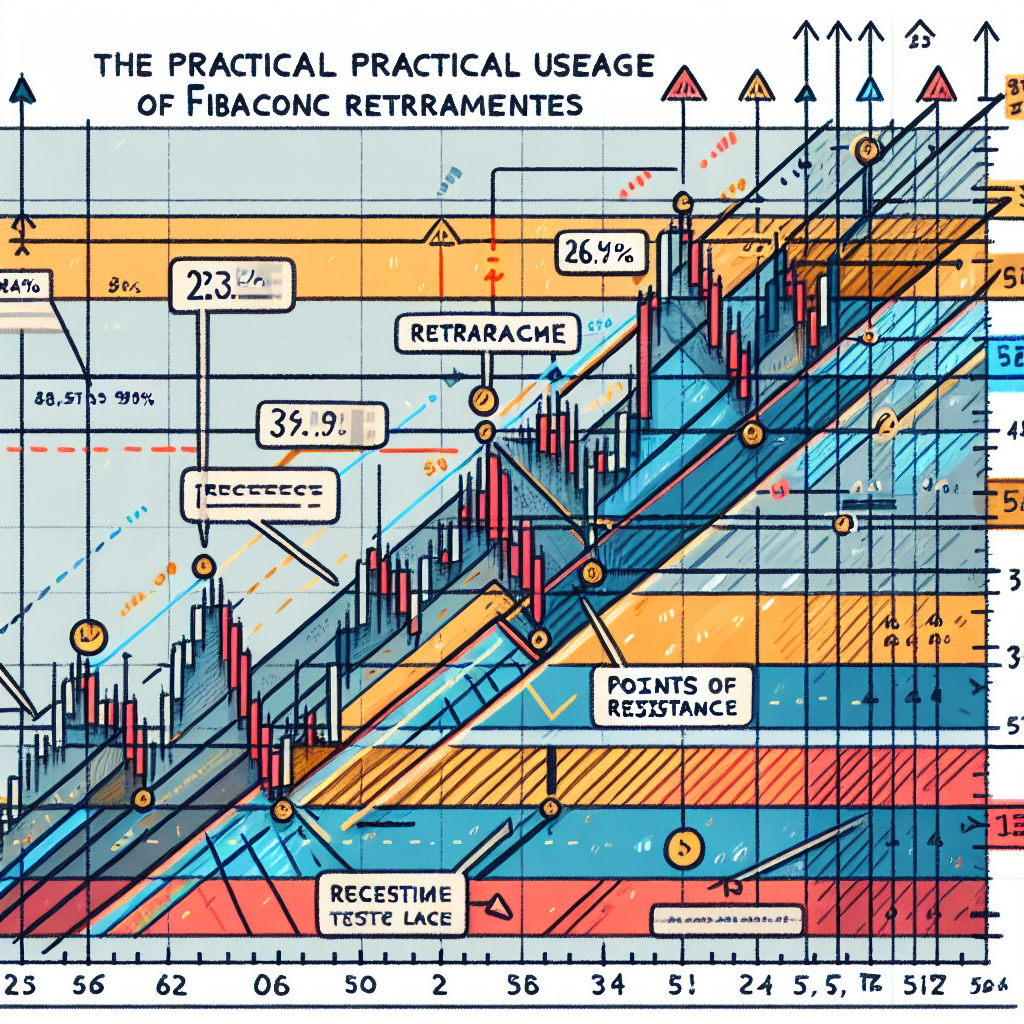Introduction to Divergence in Trading
Divergence is a cornerstone concept in technical analysis that can significantly enhance your trading strategy. It occurs when the price of an asset and a specific indicator, such as the Moving Average Convergence Divergence (MACD) or the Relative Strength Index (RSI), move in opposite directions. This phenomenon can signal a potential reversal in the current trend, providing traders with valuable insights for making informed decisions. Understanding and leveraging divergence can be a game-changer in improving trading outcomes.
Types of Divergence
Before delving into how to use divergence in trading strategies, it is crucial to distinguish between the two main types: bullish divergence and bearish divergence.
Bullish Divergence
Bullish divergence occurs when the price of an asset creates a new low, but the indicator forms a higher low. This signals a weakening downtrend, suggesting that the bullish momentum is building up, and a price reversal to the upside is possible.
Bearish Divergence
Bearish divergence, on the other hand, happens when the price reaches a new high, but the indicator forms a lower high. This indicates that the uptrend is losing momentum, potentially leading to a price reversal to the downside.
Identifying Divergence
The first step in using divergence in your trading strategy is to identify when it occurs. This involves closely monitoring both the price movement and the behavior of indicators.
Choosing the Right Indicators
Select indicators that best reveal momentum shifts in the market. The MACD and the RSI are popular choices among traders for spotting divergence patterns, but other indicators like the Stochastic Oscillator can also be effective.
Observing Price and Indicator Movements
Carefully observe the price chart and the selected indicator for any signs of divergence. Ensure that you’re looking at corresponding highs or lows in both the price and the indicator for accurate detection.
Trading Strategies Involving Divergence
Successfully identifying divergence can inform various trading strategies, from timing entries and exits to setting stop-loss orders more effectively.
Timing Entries
A bullish divergence can be your cue to consider going long on an asset, expecting the price to increase. Conversely, spotting a bearish divergence might be an opportune time to go short, anticipating a price decline.
Setting Stop-Loss Orders
Divergence can also help in setting more informed stop-loss orders. For instance, in the case of bullish divergence, setting a stop-loss order just below the most recent low can protect your trade from unexpected downturns.
Timing Exits
Evaluate the strength and direction of the divergence to time your exits from trades. For example, if you’re in a long position after identifying bullish divergence, consider exiting before the momentum wanes, indicated by the indicator starting to move back down.
Limitations of Divergence in Trading
While divergence is a powerful tool, it’s important to be aware of its limitations. Divergence does not guarantee a trend reversal; it merely signals the possibility. Price action can still continue in its current trend for some time before any reversal occurs. Therefore, it’s advisable to use divergence in conjunction with other technical analysis tools and indicators to confirm trading signals.
Conclusion
Divergence provides a strategic edge in trading by identifying potential trend reversals before they occur, allowing traders to make more informed decisions. By understanding the types of divergence and incorporating them into your trading strategies, you can improve your chances of success in the markets. However, remember that no indicator should be used in isolation. Combining divergence with other technical analysis tools creates a more robust and reliable trading strategy.




